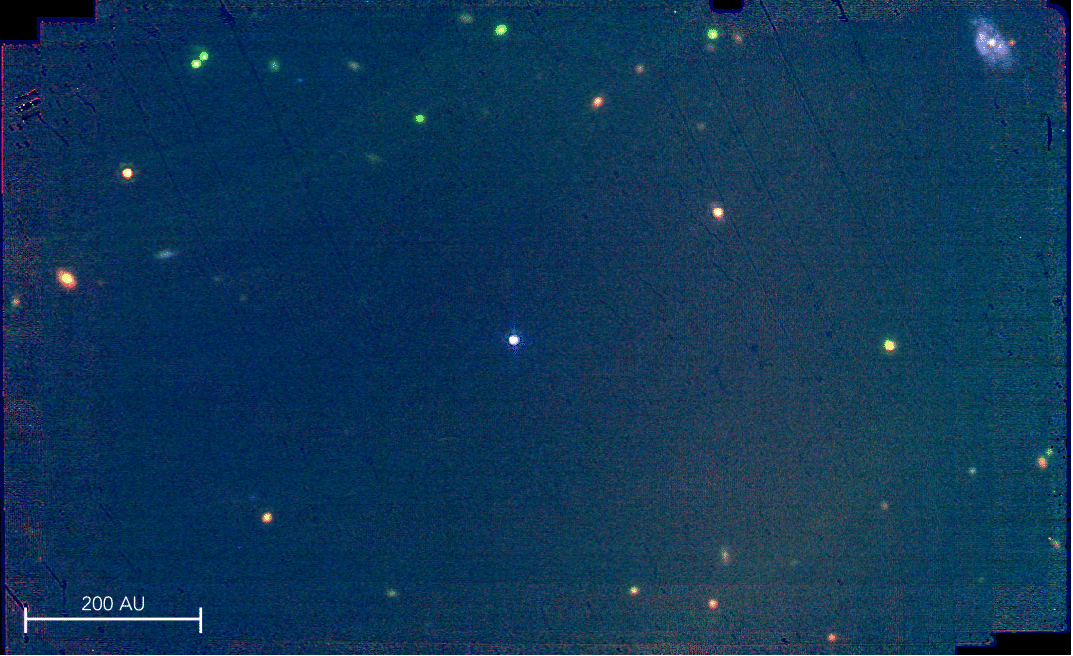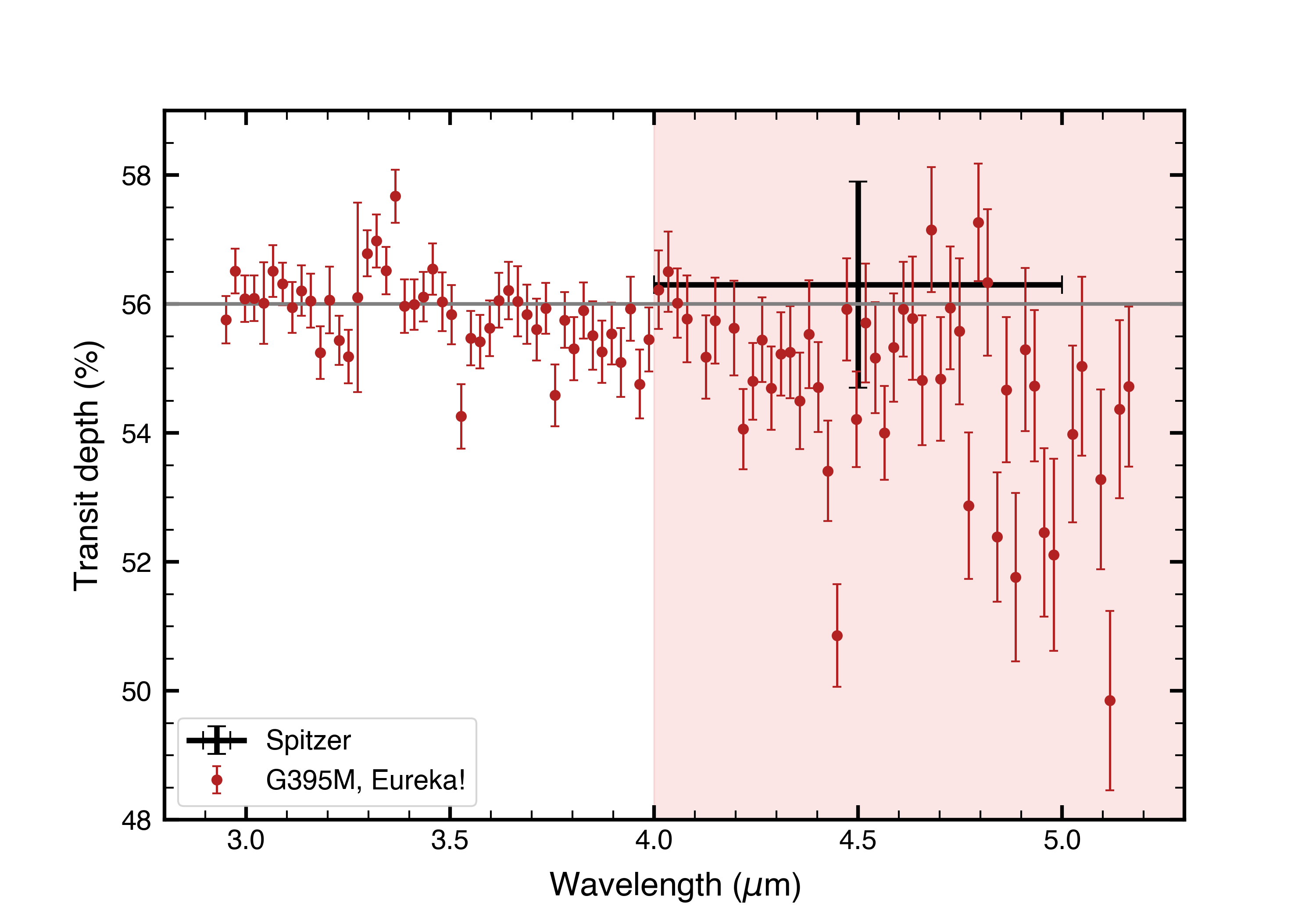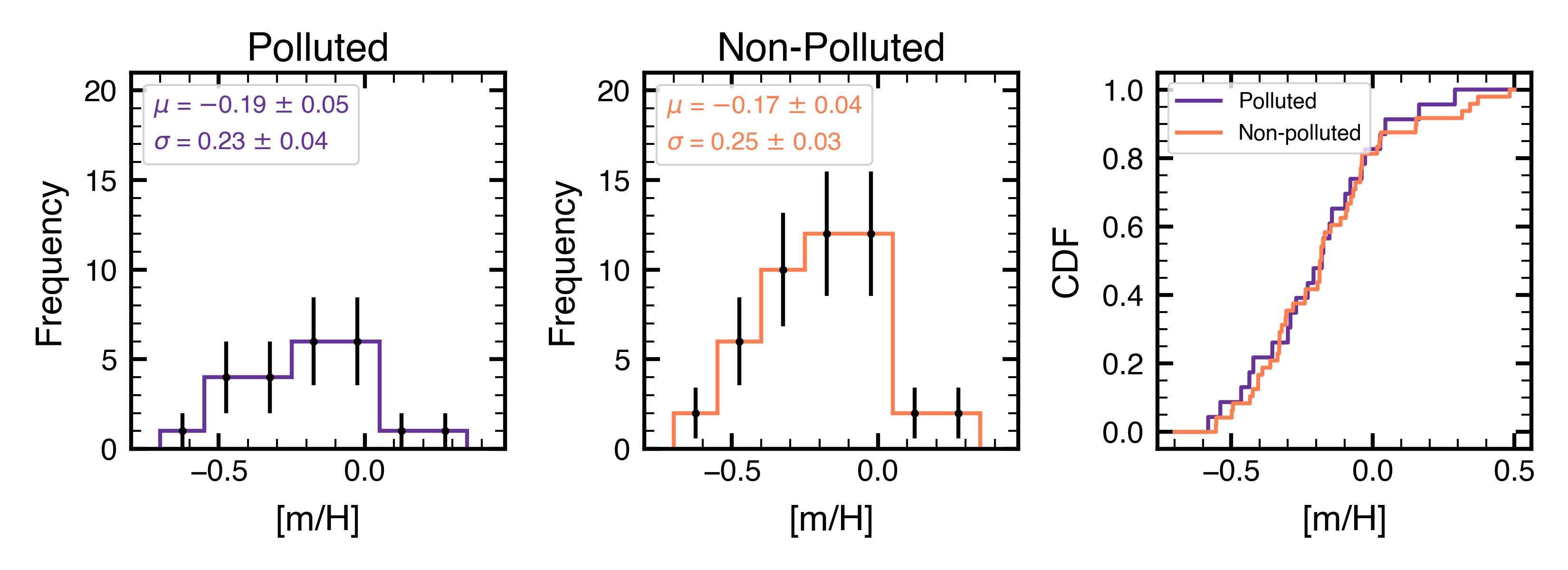About Me

Hello! My name is Sydney Jenkins (she/her) and I am a third-year graduate student working with Prof. Andrew Vanderburg at the Massachusetts Institute of Technology. I previously earned a BA in physics and BS in computer science at the University of Chicago. My PhD research focuses on the discovery and characterization of planets around white dwarfs.
Outside of science, you can usually find me reading, hiking, or forgetting to water my plants.
Research
Searching for White Dwarf Planets
MEOW Survey
Most known exoplanets orbit stars which will eventually evolve into white dwarfs, but little is known about the fates of these systems after their hosts leave the main sequence. We aim to expand the number of known white dwarf planets. Using JWST spectroscopy, we can now identify both resolved planets (with direct imaging) and unresolved planets (by searching for infrared excesses in the white dwarf's spectrum). We are currently performing a survey of white dwarfs called the MIRI survey for Exoplanets Orbiting White Dwarfs (MEOW), led by Dr. Mary Anne Limbach.

Figure 1: False color image of a white dwarf taken with the JWST/MIRI imager.
Characterizing White Dwarf Planets
JWST Follow-Up of First Planet Transiting a White Dwarf
The first transiting planet candidate found orbiting a white dwarf, WD 1856 b, was discovered with TESS, and could play an important role in our understanding of post-main-sequence planetary evolution. However, much is still unknown about its origins, including how it reached its current orbit. The best way to distinguish between possible formation scenarios is by constraining WD 1856 b’s mass, as a lower (~1 Jupiter mass) mass would likely indicate the planet had migrated in at high eccentricity, while a larger (10-15 Jupiter masses) mass leaves common envelope evolution as a viable explanation.
We identify its thermal emission with JWST/NIRSPEC spectroscopy and estimate a mass of 9 ± 4 MJup. Ongoing work is being done to finalize our data reductions.

Figure 2: WD 1856 b's transmission spectrum. Previous data from Spitzer is shown for comparison. With JWST, we can probe the thermal excess beyond 4 μm, indicated by the shaded region.
White Dwarf Pollution
Absence of a Correlation between White Dwarf Planetary Accretion and Primordial Stellar Metallicity (Jenkins et al. 2024)
Over a quarter of white dwarfs have photospheric metal pollution, which is evidence for recent accretion of exoplanetary material. While a wide range of mechanisms have been proposed to account for this pollution, there are currently few observational constraints to differentiate between them. To investigate the driving mechanism, we observe a sample of polluted and non-polluted white dwarfs in wide binary systems with main-sequence stars. Using the companion stars' metallicities as a proxy for the white dwarfs' primordial metallicities, we compare the metallicities of polluted and non-polluted systems. Because there is a well-known correlation between giant planet occurrence and higher metallicity (with a stronger correlation for close-in and eccentric planets), these metallicity distributions can be used to probe the role of gas giants in white dwarf accretion.
We find that the metallicity distributions of polluted and non-polluted systems are consistent with the hypothesis that both samples have the same underlying metallicity distribution. Additionally, we find no significant trend between white dwarf accretion rates and metallicity. These findings suggest that giant planets are not the dominant cause of white dwarf accretion events in binary systems.

Figure 3: Metallicity distributions of white dwarf systems. Left: Metallicity distribution of polluted systems, with error bars shown in black. Middle: Metallicity
distribution of non-polluted systems, with error bars shown in black. Right: CDFs of non-polluted and polluted systems, shown in orange and purple, respectively.
CV
You can find my CV here.
Last updated May, 2025.
Contact
Email
sydneyaj@mit.edu
Address
Massachusetts Institute of Technology
Deptartment of Physics
77 Massachusetts Avenue, Building 54-1715
Cambridge, MA, 02139-4307, USA
Elements
Text
This is bold and this is strong. This is italic and this is emphasized.
This is superscript text and this is subscript text.
This is underlined and this is code: for (;;) { ... }. Finally, this is a link.
Heading Level 2
Heading Level 3
Heading Level 4
Heading Level 5
Heading Level 6
Blockquote
Fringilla nisl. Donec accumsan interdum nisi, quis tincidunt felis sagittis eget tempus euismod. Vestibulum ante ipsum primis in faucibus vestibulum. Blandit adipiscing eu felis iaculis volutpat ac adipiscing accumsan faucibus. Vestibulum ante ipsum primis in faucibus lorem ipsum dolor sit amet nullam adipiscing eu felis.
Preformatted
i = 0;
while (!deck.isInOrder()) {
print 'Iteration ' + i;
deck.shuffle();
i++;
}
print 'It took ' + i + ' iterations to sort the deck.';
Lists
Unordered
- Dolor pulvinar etiam.
- Sagittis adipiscing.
- Felis enim feugiat.
Alternate
- Dolor pulvinar etiam.
- Sagittis adipiscing.
- Felis enim feugiat.
Ordered
- Dolor pulvinar etiam.
- Etiam vel felis viverra.
- Felis enim feugiat.
- Dolor pulvinar etiam.
- Etiam vel felis lorem.
- Felis enim et feugiat.
Icons
Actions
Table
Default
| Name |
Description |
Price |
| Item One |
Ante turpis integer aliquet porttitor. |
29.99 |
| Item Two |
Vis ac commodo adipiscing arcu aliquet. |
19.99 |
| Item Three |
Morbi faucibus arcu accumsan lorem. |
29.99 |
| Item Four |
Vitae integer tempus condimentum. |
19.99 |
| Item Five |
Ante turpis integer aliquet porttitor. |
29.99 |
|
100.00 |
Alternate
| Name |
Description |
Price |
| Item One |
Ante turpis integer aliquet porttitor. |
29.99 |
| Item Two |
Vis ac commodo adipiscing arcu aliquet. |
19.99 |
| Item Three |
Morbi faucibus arcu accumsan lorem. |
29.99 |
| Item Four |
Vitae integer tempus condimentum. |
19.99 |
| Item Five |
Ante turpis integer aliquet porttitor. |
29.99 |
|
100.00 |



